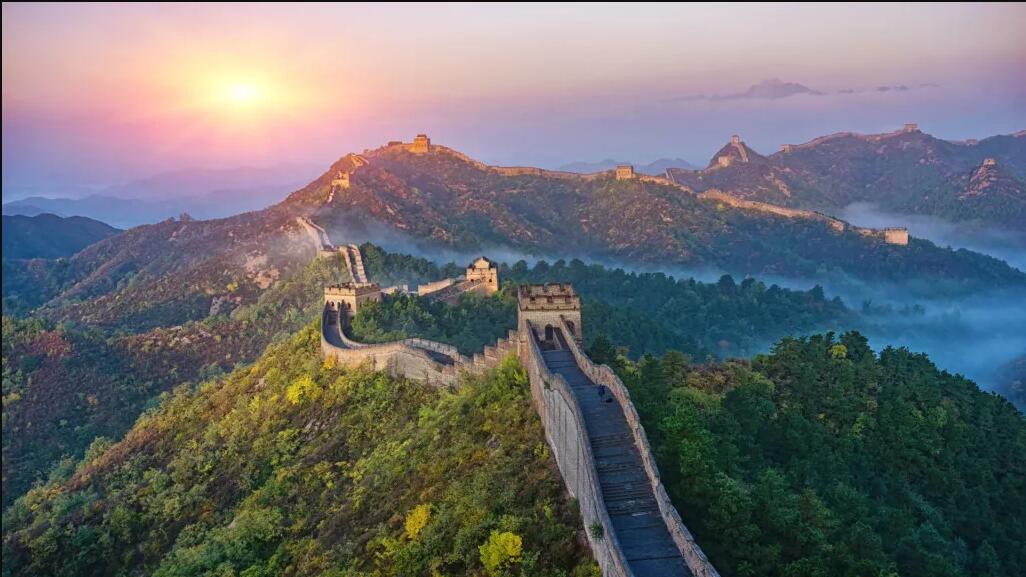Information
Did the Great Wall of China work?
The Great Wall of China was not impenetrable, although it did help defend against attacks. (Image credit: yangna via Getty Images)
The Great Wall of China — built over the course of two millennia to bolster China's northern frontier — is made of several overlapping walls that run parallel to each other. Collectively, they stretch over 13,000 miles (21,000 kilometers) — more than half the circumference of Earth. But did these extensive walls, with an average height of 25.6 feet (7.8 meters), actually protect China against the outside world?
The answer largely depends on how you define the wall's successes and failures. The Chinese built the wall as a masterpiece of defensive architecture, and while Chinese troops controlling these barriers certainly helped to thwart the attacks of some would-be invaders, the Great Wall was by no means impenetrable. In other words, sometimes it helped protect China, and other times it didn't.
On the other hand, it was also a display of imperial China's wealth, architectural expertise and engineering prowess. On this front, it undoubtedly succeeded and continues to do so, as the ruling Communist Party has adopted the wall as a patriotic symbol.
The Chinese began building walls in the country's far north in about 700 B.C., but it wasn't until Qin Shi Huang unified China's warring states to become the first emperor in 221 B.C. that the Great Wall project got underway in earnest. He directed peasants to connect preexisting forts to protect his burgeoning empire against the various nomadic tribes of the Mongolian region, according to Britannica. Later emperors further extended and fortified the wall, adding beacon towers, which could be lit to send messages about forthcoming raids. By the 1300s, the wall had begun to resemble what it looks like today.
The wall helped the Chinese Empire prepare for invasions, buying valuable time for China's forces to mobilize. It was also used to lure enemy troops into compromising situations, according to the book "The Great Wall of China From History to Myth" (Cambridge University Press, 1990) by Arthur Waldron, a professor of international relations in the department of history at the University of Pennsylvania. In 1428, for example, a Chinese general managed to force Mongol armies toward the wall, pinning them down without an escape route and defeating them.
But the Great Wall didn't guarantee safety. The wall isn't contiguous — it was initially used to bulk up defenses where the geography was less challenging for armies to traverse — and in some cases, intruders simply marched around various sections. One of the wall's most infamous failures, however, brought about the end of an entire dynasty of rulers.
"It had offered little or no protection to the greatest wall builders of all, the Ming Dynasty, from their most threatening adversaries, the Manchus to the northeast," said Julia Lovell, a professor of modern Chinese history and literature at Birkbeck University of London. A disaffected Chinese general simply opened the gates to let the Manchus into China, Lovell told Live Science. The Manchus then went on to found the Qing dynasty in 1644, which lasted until 1912.
Because of its ultimate failure, by the 19th century many people in China saw the Great Wall as "an enormously expensive strategic folly," Lovell said.
This negative perception persisted for quite some time. "Ordinary people had to provide labor over many years to construct it, and it became a powerful symbol of the emperor's imperial oppression," said Louise Edwards, emeritus professor of Chinese history at the University of New South Wales in Australia. But then it had something of a rehabilitation in 1912, when the nationalist revolution ousted the last Qing emperor and established a republic. In the absence of a monarch, the new leaders were on the hunt for ways to unite a sprawling country with many different cultures. "They were looking around for symbols to create a new national identity," Edwards said.
The Great Wall, as one of the world's largest construction projects built by China's hardworking denizens, was the perfect example of what could be achieved through unity. "It had a bit of a PR makeover," Edwards said. When the communists took over in 1949, the same narrative fit with their political ideology. The modern-day success of the wall lies in this same symbolic value, Edwards said. "The symbolism of it all is so important," she told Live Science. "This is its real and lasting power."
Originally published on Live Science.
Category: English
News
Information
Key words:

